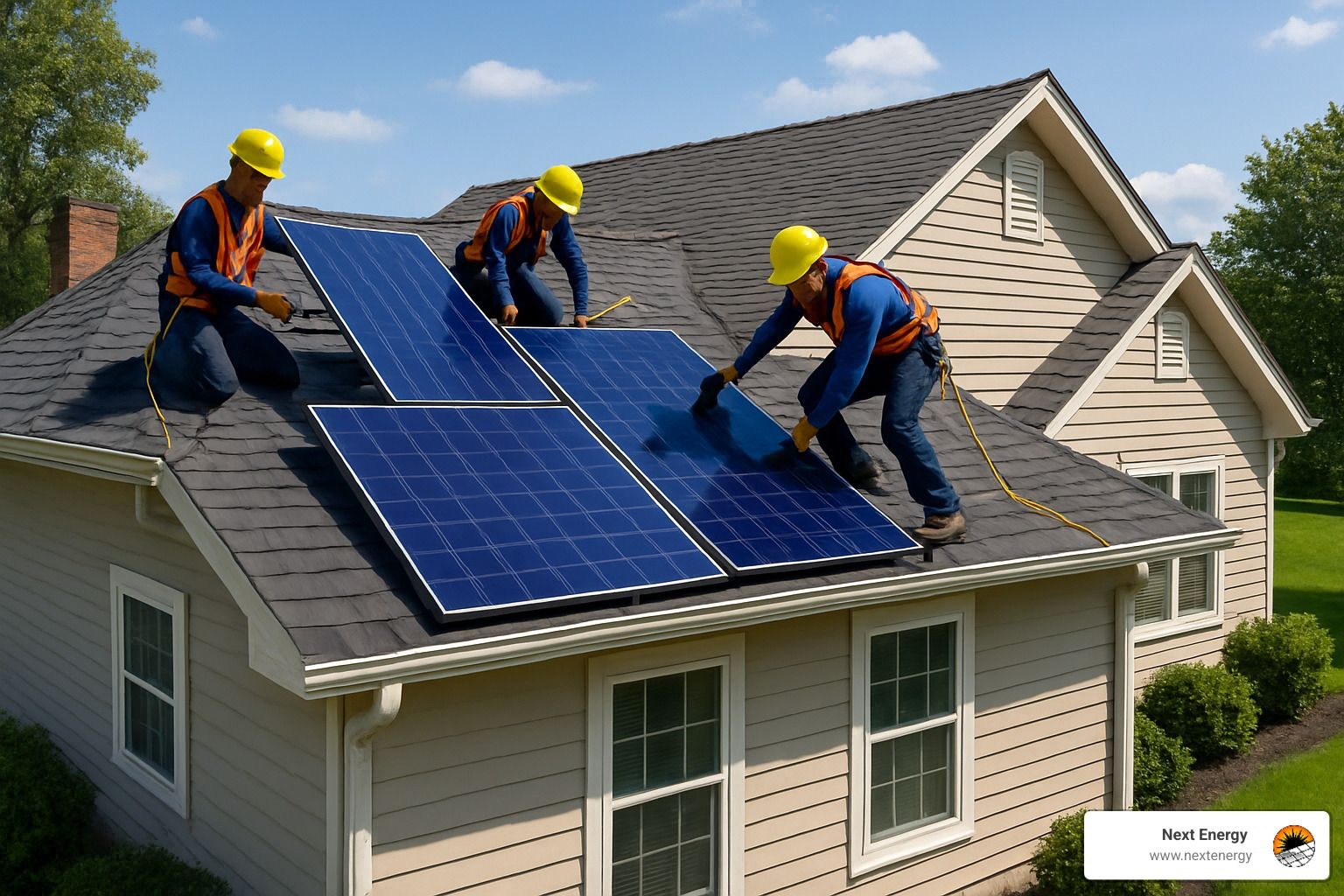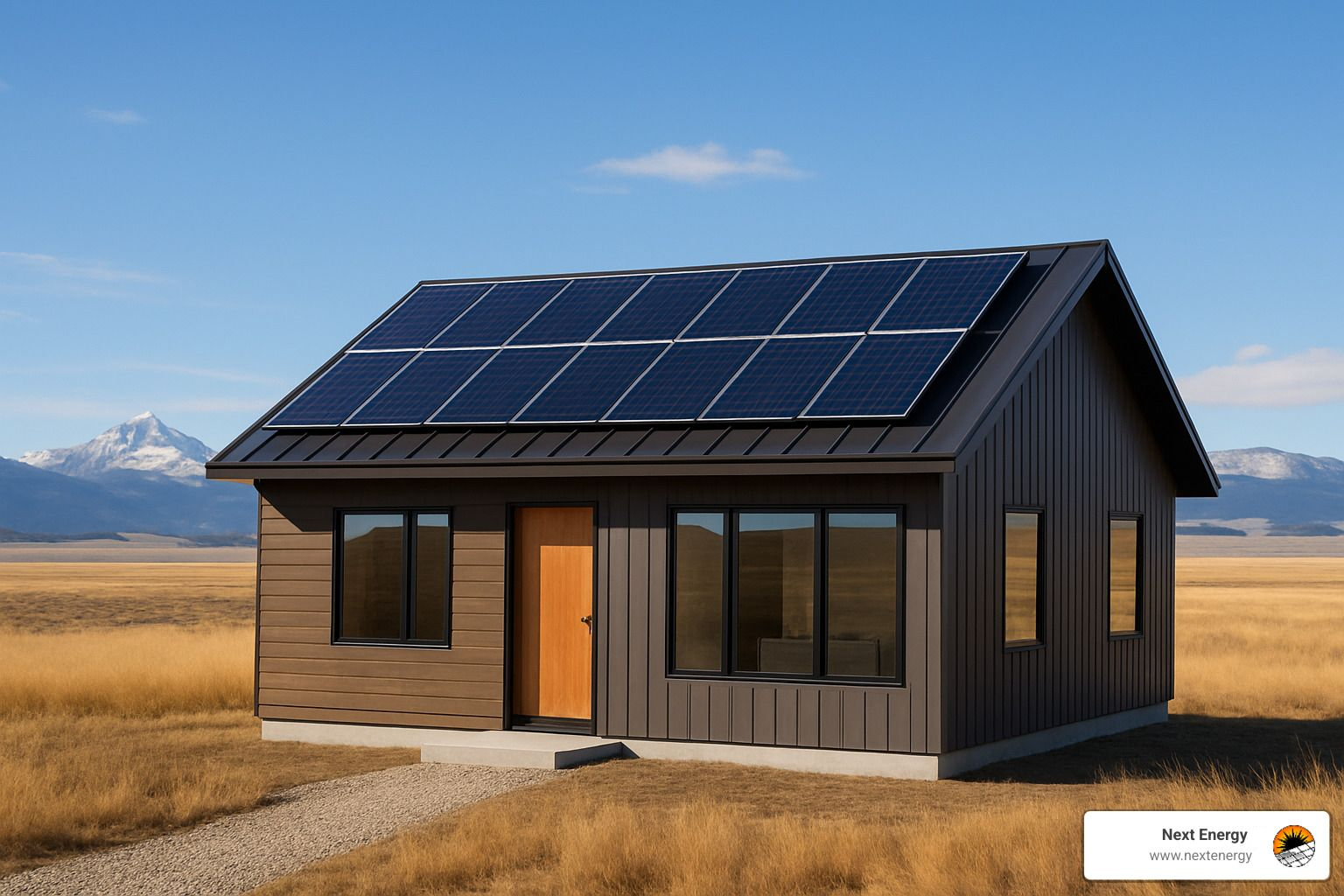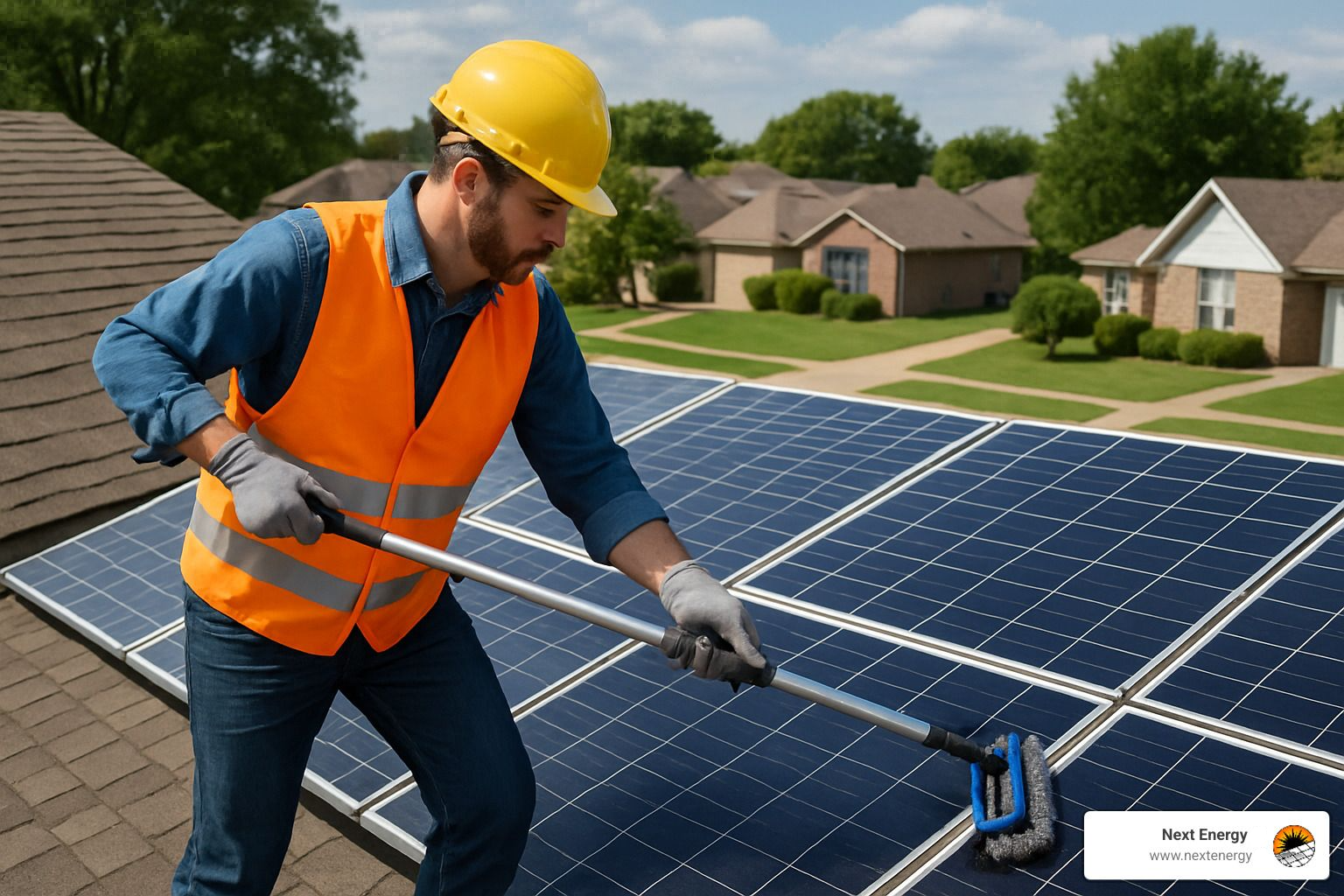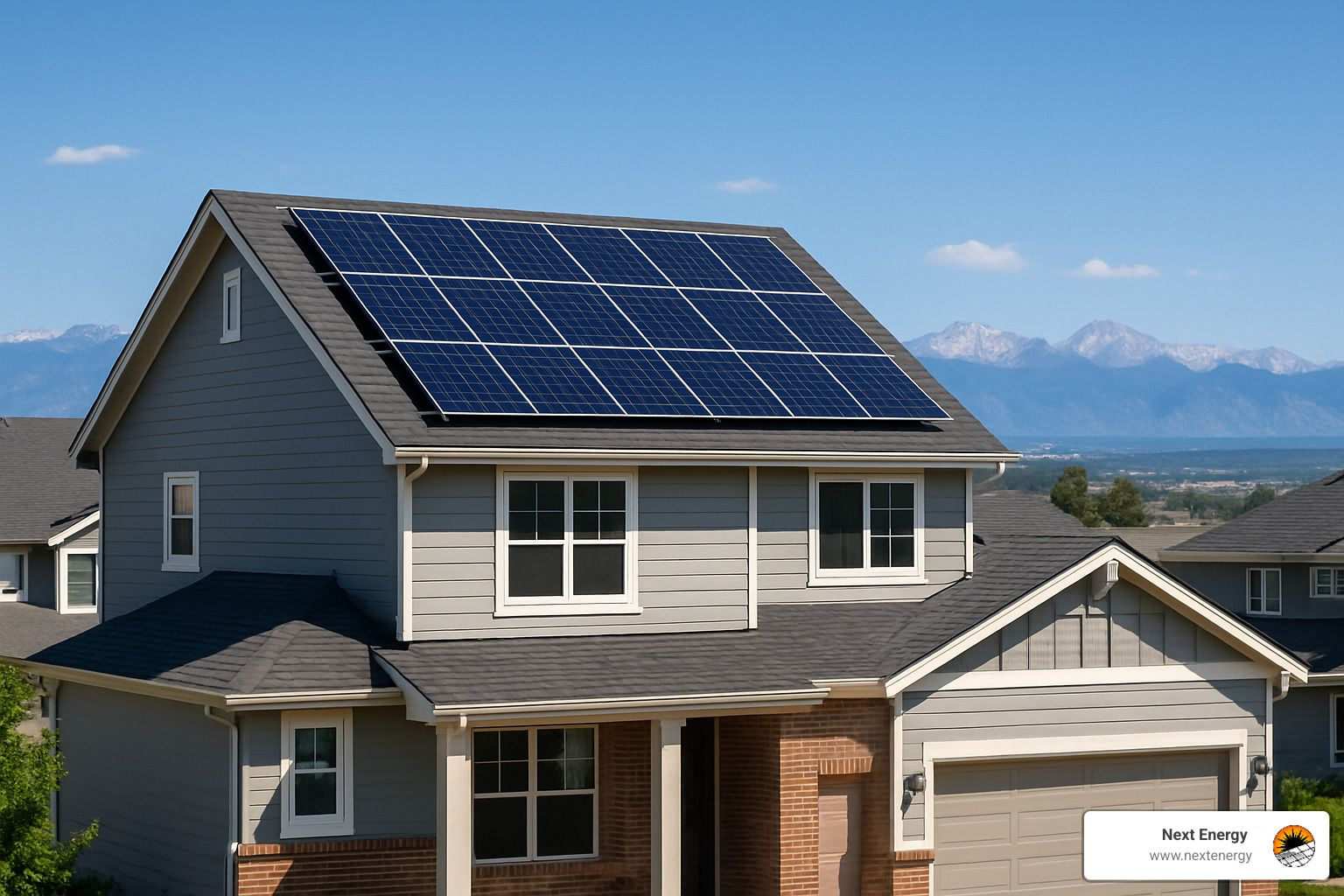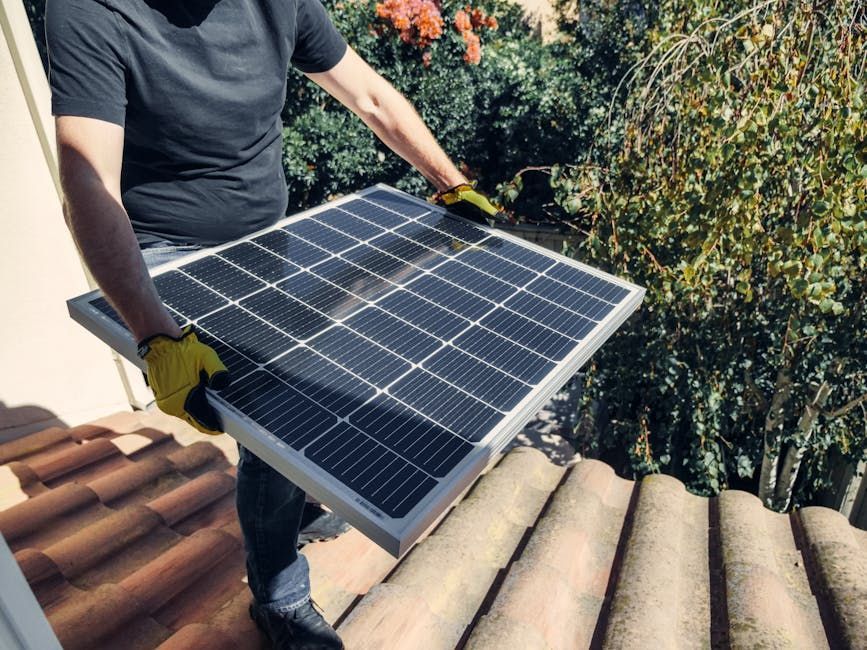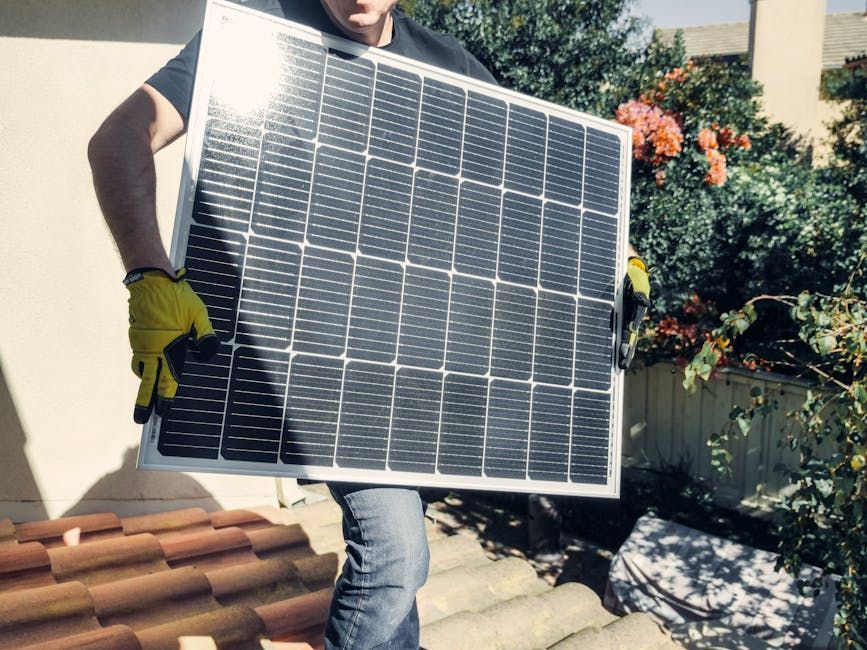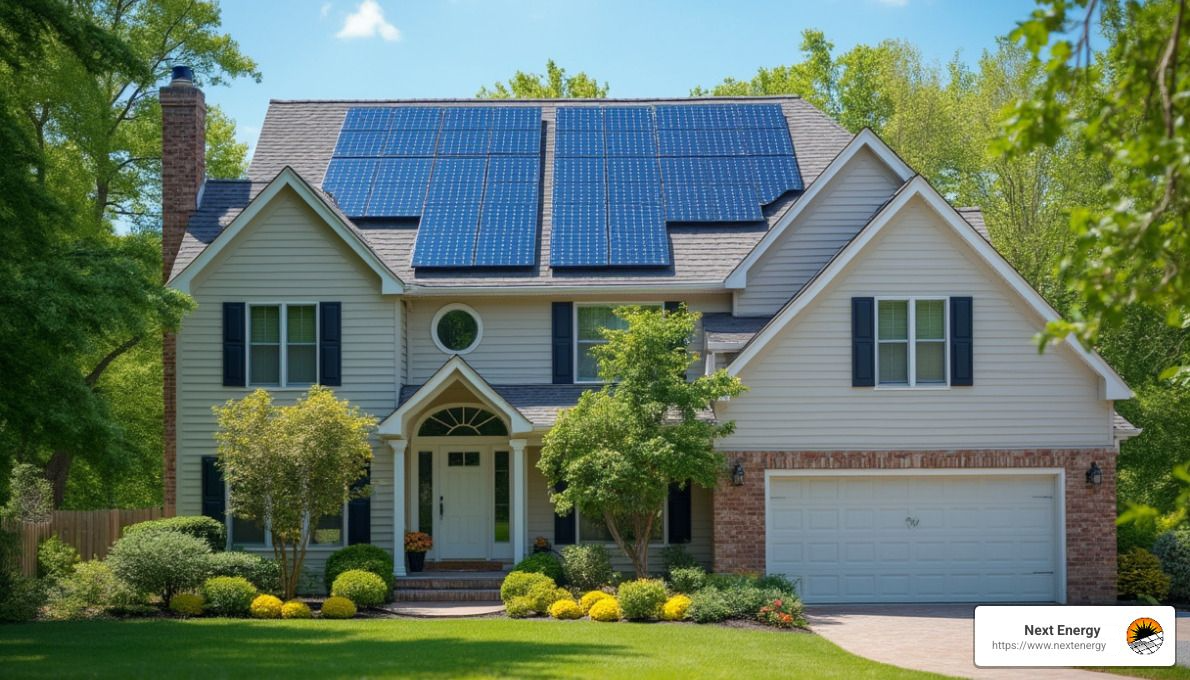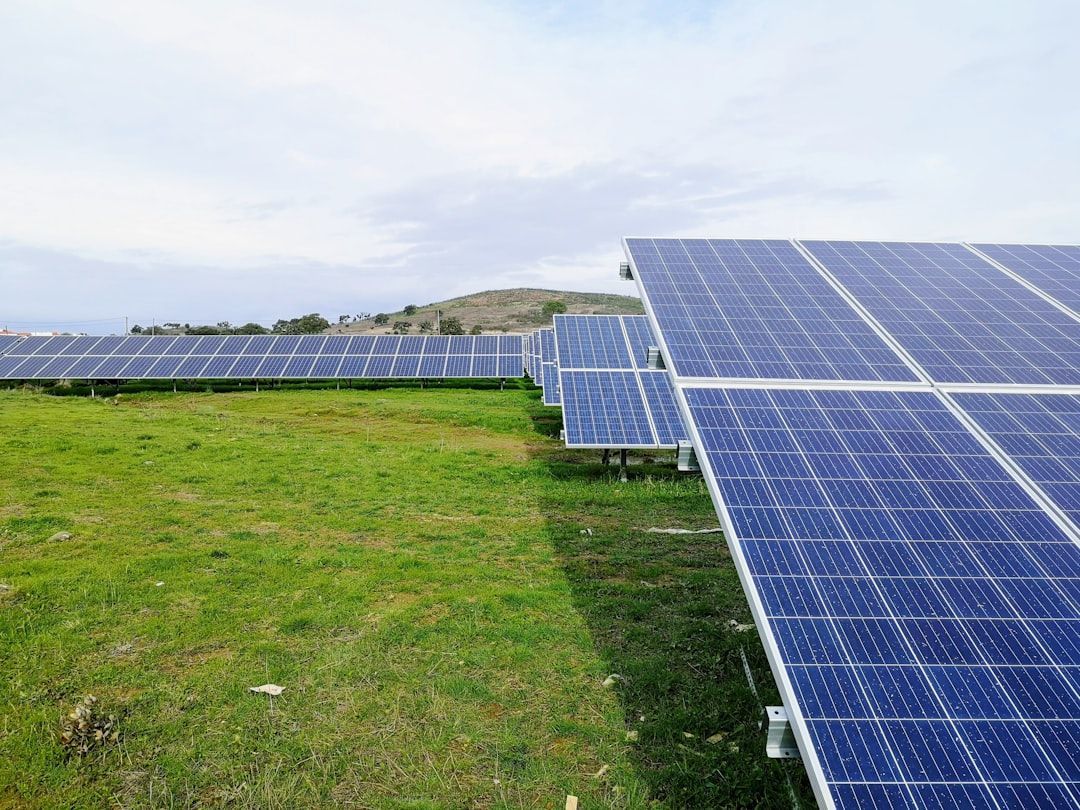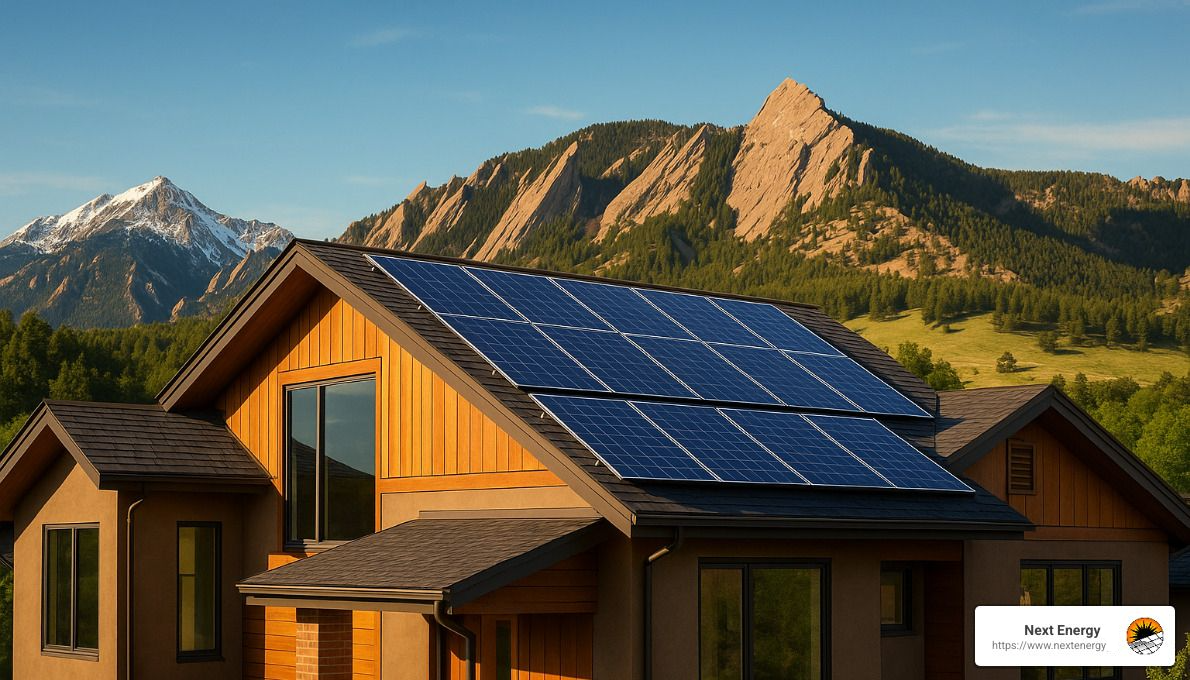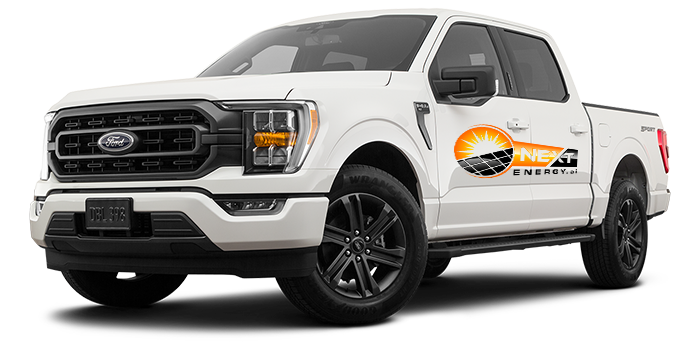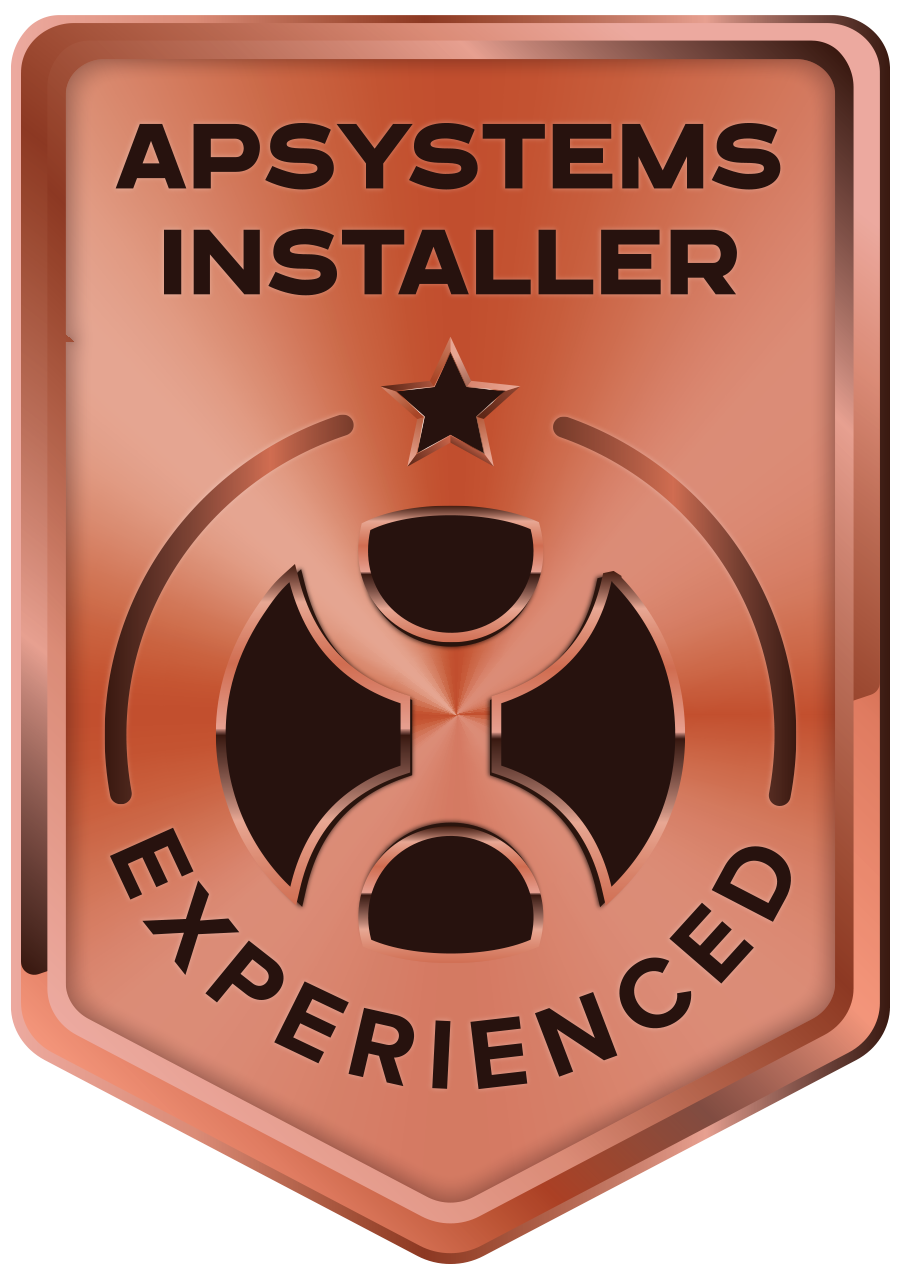The Future of Home Energy: Exploring Residential Storage Solutions
Home Energy Freedom: Understanding Battery Storage
Residential energy storage solutions are your home's energy insurance policy. These battery systems capture electricity—whether from your solar panels or the grid—and save it for when you need it most. They're not just backup power during outages; they're your ticket to lower utility bills, greater energy independence, and a smaller carbon footprint.
Imagine this scenario: A winter storm knocks out power across your neighborhood. While your neighbors scramble for flashlights and worry about their freezers thawing, your home hums along normally—lights on, heat running, refrigerator cold. This isn't some far-off dream; it's the everyday reality for families who've invested in residential energy storage solutions.
What was once considered a luxury item for tech enthusiasts has become a practical necessity for many homeowners. As extreme weather events grow more frequent and electricity rates continue to climb, having your own energy reserves just makes sense. It's like having a personal power plant right in your garage or basement.
"Having a battery installed in your home can help you be more prepared when storms are on the horizon." - Energy Storage Solutions program
Today's residential energy storage solutions do so much more than just keep the lights on. They store sunshine from your solar panels during bright afternoons, then power your evening activities when electricity rates typically peak. During outages, they seamlessly switch on to keep essential appliances running. And in many areas, you can even earn money by allowing your utility to tap into your battery during high-demand periods.
The technology has come a long way in recent years. Modern systems are more affordable, more efficient, and smarter than ever—often integrating with your phone so you can monitor and control your energy use from anywhere. With the federal government covering 30% of costs through tax credits and many states piling on additional incentives, there's never been a better time to consider energy storage.
I'm Spencer Gordon, CEO of NextEnergy here in Northern Colorado. I've spent years designing and installing residential energy storage solutions that help families achieve true energy independence. My background in photovoltaics and renewable energy has taught me that a properly sized storage system isn't just about keeping the power on—it's about changing your relationship with energy altogether.
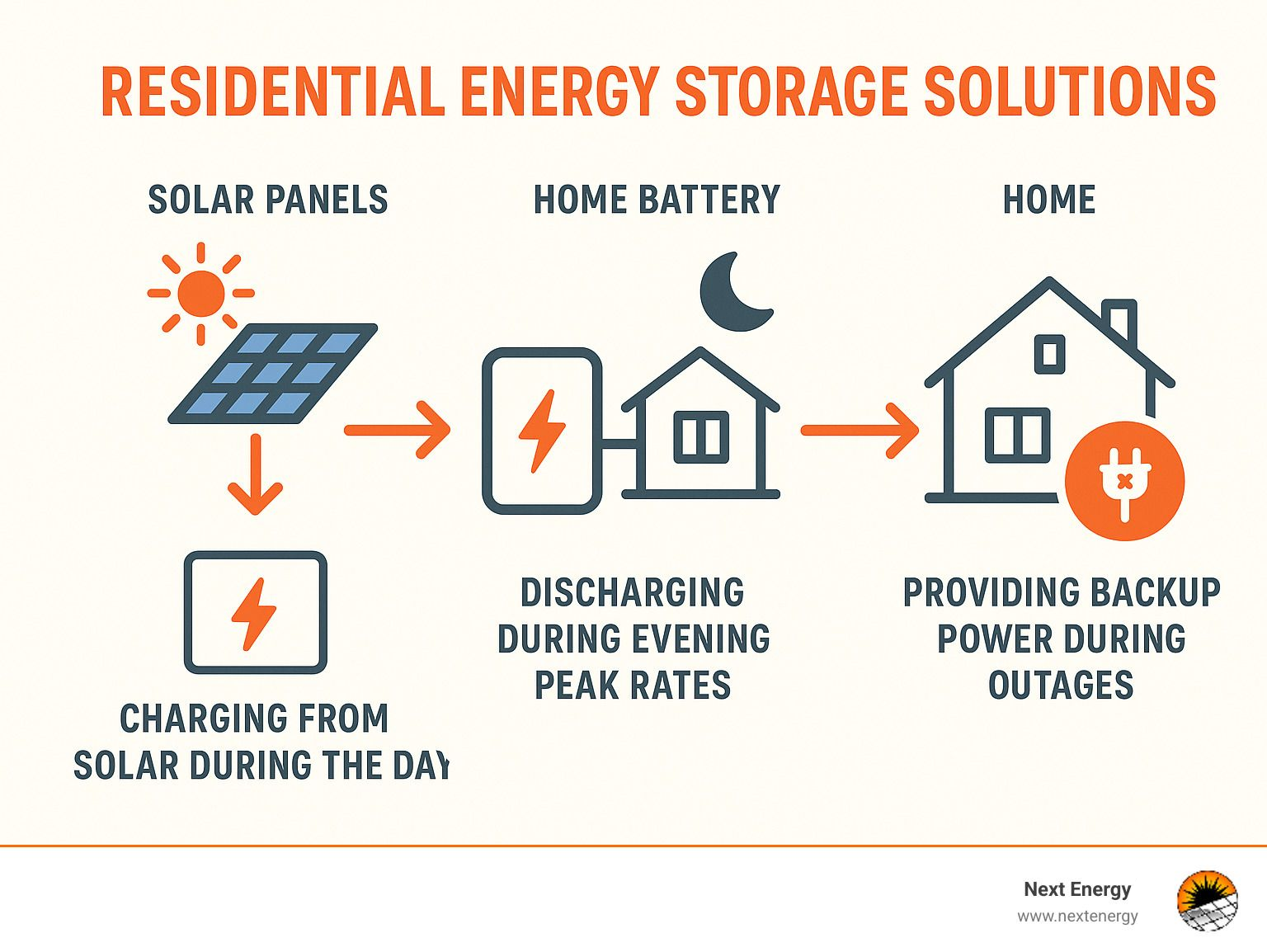
Residential Energy Storage Solutions 101
When we talk about residential energy storage solutions, we're referring to systems that can store electricity for later use in your home. But what exactly makes up these systems?
Core Components
A typical home battery storage system consists of several key components:
- Battery Pack: The heart of the system that stores electrical energy in chemical form
- Inverter: Converts DC electricity from the battery to AC electricity used in your home
- Battery Management System (BMS): The "brain" that monitors and controls charging/discharging
- Control System: Manages energy flow and system operations
- Safety Components: Disconnects, fuses, and cooling systems to ensure safe operation
Important Specifications
When evaluating residential energy storage solutions, you'll encounter these critical specifications:
- Capacity (kWh): The total amount of energy the battery can store, typically ranging from 5 kWh to 40+ kWh for residential systems
- Power Rating (kW): How much electricity the system can deliver at once (e.g., 5 kW, 7.5 kW, 10+ kW)
- Depth of Discharge (DoD): The percentage of battery capacity that can be used
- Round-trip Efficiency: The percentage of energy put into storage that can be retrieved
- Lifespan: Usually measured in cycles (full charge/discharge) or years
- Warranty: Typically 10-15 years with guaranteed end-of-warranty capacity
"Most batteries last about 10-15 years, meaning you'll have plenty of time to break even on your investment." - EnergySage
Safety standards like UL9540A certification ensure that these systems meet rigorous testing requirements for thermal runaway protection and fire safety.
How Do Residential Energy Storage Solutions Work?
The operation of a home battery system follows a simple yet neat process:
- Charging Phase: The battery stores energy from solar panels or the grid, typically during sunny hours or off-peak utility rates
- Storage Phase: Energy is held in the battery's cells until needed
- Discharge Phase: Stored energy is converted from DC to AC and supplied to your home when:
- Solar panels aren't producing (nighttime)
- Grid power is unavailable (outage)
- Electricity prices are high (peak shaving)
Two critical capabilities of advanced systems include:
- Islanding: The ability to disconnect from the grid during outages and operate independently
- Black Start: The capability to restart from a completely powered-down state without external power
Key Benefits of Residential Energy Storage Solutions
The advantages of installing a home battery system extend far beyond just keeping the lights on during an outage:
1. Reliable Backup Power
As one homeowner in Hervey Bay shared: "I added two 10.1 kWh battery modules to maintain reliable power for my daily water supply." This highlights how residential energy storage solutions provide peace of mind during increasingly common grid disruptions.
2. Improved Self-Consumption of Solar Energy
Without storage, excess solar energy is often sent back to the grid. With a battery, you can store and use up to 75% of your self-generated energy, maximizing your investment in solar panels.
3. Peak Shaving and Time-of-Use Optimization
"I cut my daily usage by more than half. The battery system runs nearly every circuit except for my EV charger," reports Jason B., who reduced his electricity bill by 61% in one year by charging his battery when rates were low and using stored energy during expensive peak periods.
4. Virtual Power Plant (VPP) Readiness
Modern systems can participate in grid services programs, where utilities pay you to use your battery during high-demand periods. In Massachusetts, for example, homeowners earn about $1,375 annually through the ConnectedSolutions program.
5. Environmental Benefits
By storing clean solar energy and reducing reliance on fossil fuel-powered grid electricity, home batteries significantly decrease your carbon footprint.
Technology & Solar Integration Guide
When it comes to residential energy storage solutions, you have several exciting technologies to choose from. Let's explore the options that can power your home and help you become more energy independent.
Battery Technologies
The battery world is evolving quickly, with lithium-ion leading the pack as the most popular choice for homes. These batteries pack a lot of energy into a small space, respond instantly when you need power, and continue to become more affordable each year.
For many of our customers, Lithium Iron Phosphate (LFP) batteries have become the go-to option. They're incredibly safe with superior fire resistance, last through thousands more charging cycles than traditional lithium batteries, and don't contain cobalt – making them better for the environment. I've seen these batteries perform reliably for years in Colorado homes.
While less common in residential settings, flow batteries are worth mentioning for their extremely long lifespan and easy scalability. They store energy in liquid electrolytes, making them virtually impossible to catch fire – though they do come with a higher price tag currently.
Some innovative homeowners are exploring other storage types like thermal storage (capturing energy as heat in water tanks), mechanical flywheels (storing energy as spinning motion), or even hydrogen systems. These alternatives each have their place, though they're not yet as mainstream for typical homes.
Integration Methods
Connecting your battery to your solar panels can happen in a few different ways:
With AC-coupled systems, your battery connects to the AC side of your electrical system. This setup works great if you already have solar panels and want to add a battery later. You'll need separate inverters for your solar and battery, which makes the system more flexible but slightly less efficient.
DC-coupled systems connect your battery directly to your solar panels before the electricity gets converted to AC. This creates a more efficient energy transfer but typically means replacing your existing solar inverter. For new installations, this often makes the most sense.
Many of our customers at Next Energy prefer hybrid inverter systems that handle both solar and battery functions in one unit. This streamlined approach means cleaner installation, better communication between components, and often a more attractive setup in your garage or utility room.
We've helped many homeowners in Northern Colorado design seamless Home Battery Backup solutions that integrate perfectly with their existing or new solar installations. Our Battery Storage for Solar Power systems are specifically designed to maximize self-consumption while providing reliable backup when the grid goes down.
From Panels to Plug: Solar & Storage Integration
How your residential energy storage solutions interact with your solar panels and the utility grid significantly impacts their value.
If you live in an area with full retail net metering (where your utility gives you full credit for excess solar energy), you might wonder if a battery makes financial sense. While the immediate savings might be less dramatic, the backup power during outages still provides tremendous value – something many of our customers finded during recent Colorado winter storms.
For homeowners without net metering, batteries are a no-brainer. As one of our clients put it after installing their system: "I was practically giving away my extra solar energy to the utility. Now I store it and use it when I need it." Your clean solar energy stays in your home instead of being lost or undervalued.
Time-of-use rates create another compelling reason for battery storage. When your utility charges different prices throughout the day, a smart battery system can automatically charge when electricity is cheap and discharge when it's expensive. I've seen customers in areas with steep time-of-use rates save tens of thousands over the life of their system compared to solar alone.
The micro-grid capability of advanced residential energy storage solutions is perhaps the most exciting feature. Your home can effectively create its own mini power grid, isolated from utility problems. During extended outages, you can prioritize critical loads like refrigeration, medical equipment, or well pumps. I'll never forget one customer's story during the 2020 wildfires: "Our battery powers our well and water pump. Most of our neighbors had no water or power, and we were able to invite them over for a hot shower."
Grid Services & Virtual Power Plants
Your home battery isn't just for your benefit – it can actually help support the larger electrical grid while earning you money.
Utilities increasingly offer demand response programs where they can access your battery during peak demand periods in exchange for compensation. These "Bring Your Own Battery" programs can significantly improve the economics of your investment.
For example, in Massachusetts, the ConnectedSolutions program pays battery owners about $275 per kilowatt during grid events, resulting in approximately $1,375 in annual income for participants. Similar programs are expanding across the country.
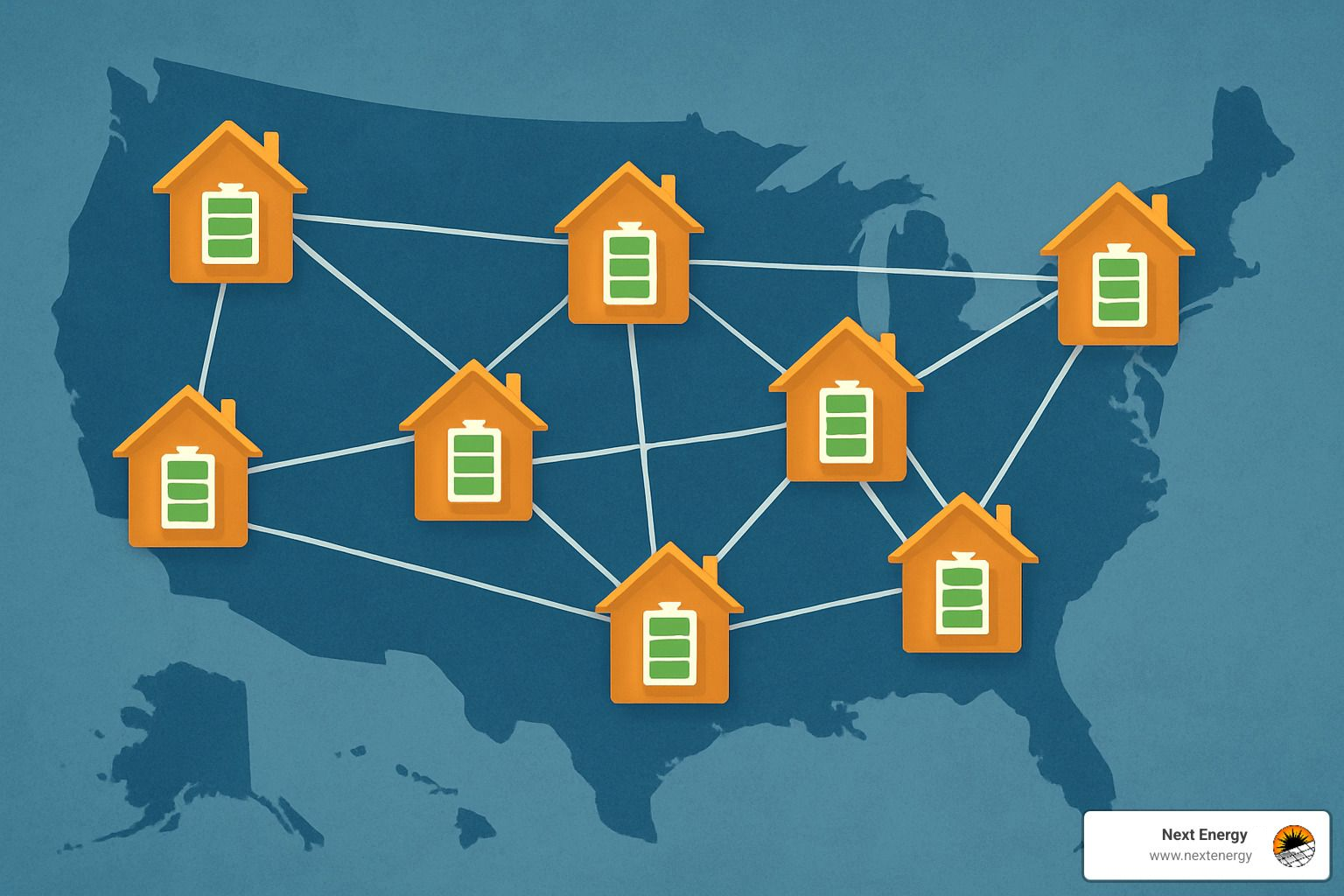
According to the Energy Information Administration, the average U.S. customer experienced about 7 hours of power outages in 2021. Home batteries with "black start" capability can help utilities restore grid operations after major outages, providing value beyond just keeping your own lights on.
The future looks bright for battery owners as new revenue opportunities emerge. Your system could soon earn money by helping stabilize grid frequency, maintain proper voltage levels, provide guaranteed power during peak events, or even automatically buy energy when cheap and sell when expensive. These services transform your home battery from a passive backup device into an active grid asset that pays for itself faster than you might expect.
At Next Energy, we're excited about helping Northern Colorado homeowners steer these options to find the perfect residential energy storage solution for their needs.
Costs, Incentives & Environmental Impact
Let's talk money—because when it comes to residential energy storage solutions, understanding both the costs and the savings is essential to making a smart decision for your home.
The Real Cost of Home Battery Systems
I won't sugarcoat it: battery systems aren't cheap. The median cost on EnergySage is about $1,339 per kilowatt-hour (kWh) of storage capacity. In practical terms, this means:
- A 10 kWh system typically runs around $13,390 before incentives
- Stepping up to 15 kWh? You're looking at roughly $20,085
- Want a robust 20 kWh system? That's approximately $26,780
But here's the thing—these numbers don't tell the whole story. Your actual return on investment depends on several factors unique to your situation.
Some homeowners in areas with frequent outages or high electricity rates see their systems pay for themselves in just a few years. Others value the peace of mind and energy independence more than the dollars and cents.
At Next Energy, our Home Electricity Management System helps maximize your investment by intelligently deciding when to use, store, or sell your energy—putting more money back in your pocket over time.
Breaking Down System Pricing
When you invest in residential energy storage solutions, you're paying for more than just batteries. Here's what makes up that price tag:
The bulk of your cost (about 60-70%) goes toward equipment—the battery modules themselves, inverters, mounting hardware, and monitoring systems that keep everything running smoothly.
Installation and labor account for another 20-30%. These are skilled electricians and technicians doing specialized work to ensure your system operates safely and effectively.
Don't forget the "soft costs" (10-20%) that include permitting, inspections, design work, and utility interconnection fees. These vary widely depending on where you live.
Ongoing costs are minimal for modern lithium systems—there's little maintenance required, though you might pay a small subscription fee for monitoring services. Eventually (typically after 10-15 years), you'll need to replace the batteries, but by then, they'll likely be more affordable than today's options.
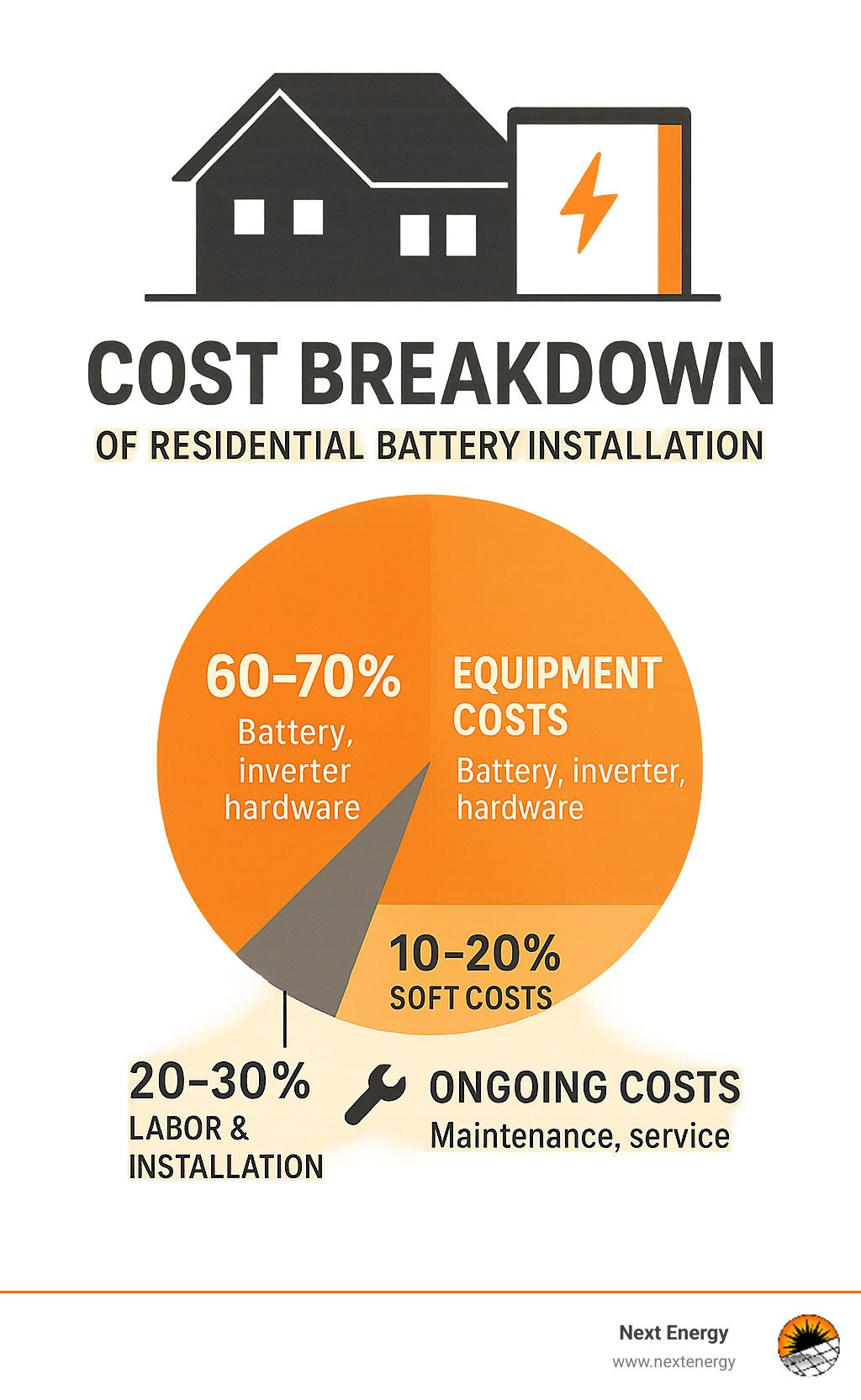
Incentives & Financing You Should Know
Now for the good news—there are substantial incentives that can dramatically reduce your costs!
The federal Investment Tax Credit (ITC) is the big one. It lets you deduct 30% of your battery system's cost from your federal taxes. This generous credit applies to systems installed through 2032, and recent changes mean you can claim it even if your battery isn't paired with solar panels.
Many states and utilities offer additional sweeteners:
California's Self-Generation Incentive Program (SGIP) provides rebates up to $1,000 per kWh. Connecticut's Energy Storage Solutions incentives offer both upfront and performance-based benefits. Massachusetts has their ConnectedSolutions program that pays you for grid services. And New York's NY-Sun program includes specific battery incentives.
As EnergySage notes, "Incentives can dramatically lower the cost of your battery system, and in some states, you could break even on your storage investment in less than a year."
Not ready to pay cash? Several financing options can make residential energy storage solutions more accessible. Traditional loans, solar+storage financing packages, equipment leases, and even some Power Purchase Agreements now include storage components.
Batteries vs. Generators: Dollars & Decibels
"Should I just get a generator instead?" It's a question I hear often, and the comparison is worth exploring.
A traditional gas generator will cost you far less upfront—typically between $1,000 and $6,000 compared to $5,000-$20,000+ for a battery system. But that's just the beginning of the story.
With a generator, you'll pay $5-20 in fuel costs for each day you use it. You'll also need regular maintenance to keep it running reliably. Batteries, especially when paired with solar, have essentially zero fuel costs and minimal maintenance requirements.
Then there's the experience. Generators are noisy—like "can't-have-a-conversation-in-your-backyard" noisy at 60-90 decibels. Batteries are completely silent. Generators produce exhaust and emissions; batteries don't. And when the power goes out, batteries switch on instantly and automatically, while many generators require you to go outside, potentially in adverse weather, to start them up.
As Tesla aptly puts it regarding their Powerwall: "Backup protection only works when your backup system is reliable." Battery systems provide instant, silent, emissions-free backup without the ongoing costs or maintenance headaches of generators.
Environmental Benefits
Beyond the dollars and cents, residential energy storage solutions offer significant environmental advantages that benefit everyone.
By storing clean solar energy instead of drawing from the grid during peak times, you're reducing reliance on fossil fuel "peaker plants"—some of the dirtiest power plants that fire up only during high demand. This translates to a measurable reduction in your carbon footprint.
Batteries also improve overall grid efficiency by balancing supply and demand, which reduces waste in the electrical system. They make intermittent renewable sources like solar and wind more viable and valuable. And they increase community resilience against climate-related extreme weather events.
While it's true that battery manufacturing does have environmental impacts, the lifecycle benefits typically outweigh these costs, especially when paired with renewable energy sources. Many manufacturers also have recycling programs in place for when batteries reach the end of their useful life.
For most homeowners, the combination of financial incentives, energy independence, and environmental benefits makes residential energy storage solutions a compelling investment—one that pays dividends both to your wallet and to the planet.
Buying, Installation, Safety & Maintenance
When it comes to bringing residential energy storage solutions into your home, there's a bit more to consider than just picking a battery off the shelf. Let's walk through what you need to know to make this important investment with confidence.
Choosing the Right Residential Energy Storage Solutions for Your Home
Finding your perfect battery match starts with understanding what you actually need it to do.
Capacity Planning
Think of battery sizing like choosing the right size water tank – you need enough to meet your needs without paying for excess capacity you'll never use.
If backup power during outages is your main concern, start by making a list of what you absolutely need to keep running. Your refrigerator typically needs 1-2 kWh per day to keep your food from spoiling. Medical equipment that can't go offline requires special consideration. And while it would be nice to run your air conditioner during a summer outage, its high power draw might make that impractical without a larger system.
For those focused on storing solar energy for evening use, your utility bills hold the key. By reviewing your daily consumption patterns and comparing them with your solar production curves, we can identify the "storage gap" that needs filling.
If you're primarily looking to reduce utility bills, your rate structure becomes crucial. Time-of-use rates with significant differences between peak and off-peak prices generally justify larger battery systems that can shift more energy from cheap to expensive periods.
Most households find that a 10 kWh battery system hits the sweet spot – providing enough capacity to power a refrigerator for 14 hours, keep a TV running for 130 hours, or light an LED bulb for an impressive 1,000 hours during an outage.
Expansion Pathways
One of the smartest moves you can make today is ensuring your system can grow tomorrow. Look for residential energy storage solutions with modular designs that let you add battery capacity over time. Make sure your inverter is sized to handle additional batteries, and verify that your electrical panel has the capacity for future expansion.
At Next Energy, we specialize in designing scalable systems that can grow alongside your needs. Our approach to How to Optimize Energy Use of Solar Panels ensures you'll get maximum efficiency from your entire system.
Installation Best Practices & Safety Tips
Installing a home battery isn't a DIY project – it requires professional expertise to ensure safety and performance.
Professional Installation Requirements
These aren't simple appliances – residential energy storage solutions contain high-voltage components and enough stored energy to be dangerous if improperly handled. Always work with licensed electricians who have received manufacturer-specific training and certification. Proper installation isn't just about performance; it's about the safety of your family and home.
"Safe and proper installation is critical for both performance and safety," as one industry expert puts it. "These are high-voltage, high-energy systems that require proper handling."
Location Considerations
Where you place your battery matters more than you might think. Most systems perform best in environments between 50-85°F, so garages in Colorado and Wyoming might need climate consideration during extreme weather. Proper ventilation prevents overheating, while accessibility ensures easier maintenance.
Protection from the elements is essential, especially in our region where weather can be unpredictable. And don't forget fire safety – proper clearances and adherence to fire codes aren't just about checking boxes; they're about protecting your home.
Safety Standards
When evaluating residential energy storage solutions, look for systems meeting rigorous safety certifications:
UL 9540A certification means the system has been tested for thermal runaway propagation – essentially, how it behaves if something goes wrong. UL 1973 covers battery safety standards, while UL 1741 addresses inverter safety and grid interconnection. NFPA 855 provides standards for fire protection specific to energy storage systems.
Installation Timeline
From the day you sign your contract to the moment your battery is ready to use, expect the process to take 1-3 months. Site assessment usually takes 1-2 weeks, while design and permitting can stretch from 2-6 weeks depending on your local jurisdiction. The actual installation is relatively quick – typically 1-3 days – followed by 1-2 weeks for inspection and commissioning.
Monitoring, Maintenance & End-of-Life
One of the beauties of modern residential energy storage solutions is their intelligence and relatively low maintenance requirements.
System Monitoring
Today's battery systems come with sophisticated monitoring tools that transform how you interact with your home's energy. Mobile apps provide real-time status updates and control capabilities right from your phone. Energy flow visualizations help you track exactly where your power is coming from and going to throughout the day.
Performance analytics show you how much money you're saving and how efficiently your system is operating. And built-in alert systems notify you immediately if something requires attention, often before you'd notice any change in performance.
Maintenance Requirements
Unlike generators that need regular oil changes and tune-ups, lithium battery systems are remarkably low-maintenance. You'll want to keep the system's software updated to ensure you're getting the latest features and security patches. An annual inspection by a qualified technician helps catch any potential issues early.
Regular performance monitoring helps identify any unusual patterns or capacity degradation. And simple housekeeping, like keeping vents and cooling systems clear of dust and debris, keeps everything running smoothly.
End-of-Life Considerations
Even the best batteries eventually reach the end of their useful life. Most residential energy storage solutions will operate effectively for 10-15 years, giving you plenty of time to recoup your investment. When that time comes, most manufacturers offer recycling programs to responsibly handle the materials.
Interestingly, batteries that no longer meet home storage needs can often find second lives in less demanding applications. And with battery technology continually improving, the replacement you install a decade from now will likely offer significantly better performance than today's models.
Frequently Asked Questions about Residential Energy Storage Solutions
How long will a 10 kWh battery power my home?
During a complete power outage, a 10 kWh battery typically keeps essential home functions running for 10-12 hours. If you're selective about what you power – focusing on refrigeration, some lighting, and key electronics – you can stretch that duration considerably. The beauty of pairing your battery with solar panels is that your runtime becomes potentially unlimited during daylight hours, as the panels recharge the battery while it's powering your home.
Can I add batteries to my existing solar system?
Absolutely! Most existing solar systems can be retrofitted with batteries, though the integration approach depends on your current setup. If you already have solar panels installed, AC-coupled solutions often provide the simplest path to adding storage without replacing your existing equipment. Our team can evaluate your current system and recommend the most efficient way to add residential energy storage solutions.
What's the expected lifespan of a home battery system?
Most quality battery systems come with 10-year warranties that guarantee at least 70-80% of the original capacity will remain at the end of that period. In practice, many systems continue functioning effectively for 15+ years, though with gradually declining capacity. This extended lifespan is one reason battery storage makes such good financial sense, especially with today's incentives.
How many batteries do I need for my home?
This is like asking how big your water heater should be – it depends entirely on your household's specific needs. For basic backup of critical loads during occasional outages, a single 10 kWh battery may be perfectly adequate. If you're looking to run most or all of your home during extended outages or maximize self-consumption of solar energy, you might need multiple batteries totaling 20-40 kWh. At Next Energy, we'll help you find that sweet spot where capacity meets your needs without unnecessary expense.
Are home batteries worth it in Colorado and Wyoming?
The short answer is a resounding yes! Our region faces increasing grid outages due to extreme weather events, while electricity rates continue their upward trend. Combined with our excellent solar potential in Northern Colorado and Southern Wyoming, residential energy storage solutions provide tremendous value. The current 30% federal tax credit dramatically improves the economics, making now an ideal time to invest in energy independence and resilience.
Conclusion & Next Steps
The landscape of home energy is evolving, and residential energy storage solutions are quickly becoming essential for homeowners seeking energy independence, resilience, and sustainability. As battery technology advances and prices continue to fall, the value of home storage systems only gets better – especially while grid challenges like outages and rate hikes become more common.
Here at Next Energy, we're passionate about being at the forefront of this energy revolution. Our systems go beyond simple battery storage – we offer AI-improved solutions that truly understand and adapt to your home's unique energy patterns.
Unlike conventional systems, our intelligent storage solutions can:
Anticipate your energy needs based on weather forecasts and usage patterns, making adjustments before you even notice they're needed. Automatically shift energy usage to minimize your bills under complex utility rate structures. Work seamlessly with your solar panels to capture every possible kilowatt-hour. Intelligently manage your essential loads during outages to extend backup power duration. Put all this information at your fingertips through user-friendly monitoring apps.
For our neighbors in Northern Colorado and Southern Wyoming, we design customized solutions specifically built for our region's unique challenges – from powering through winter storms to keeping cool during increasingly hot summers.
"Our vision of a clean and decentralised energy future is the right way forward." - sonnen
The beauty of today's residential energy storage solutions is that they're no longer just for tech enthusiasts or off-grid homes. They've become practical investments for everyday families looking to cut costs, increase resilience during outages, and reduce their environmental footprint.
Ready to take control of your energy future? We'd love to chat about how our residential energy storage solutions can transform your home energy experience. And if you're interested in larger applications, take a look at our commercial storage solutions designed for businesses and organizations.
The future of home energy isn't just about generating clean power – it's about intelligently storing and managing that power to maximize its value. With modern residential energy storage solutions, that future isn't some distant possibility – it's available right now, today, for your home.
Let's power forward together.
